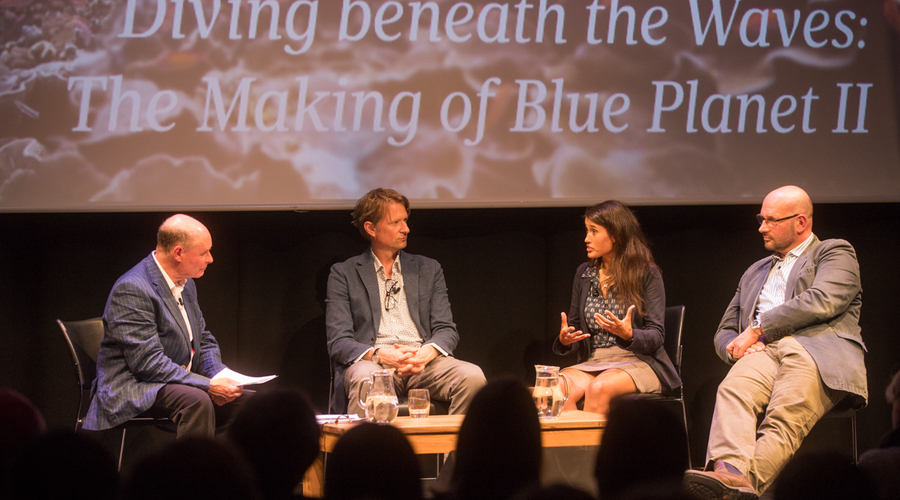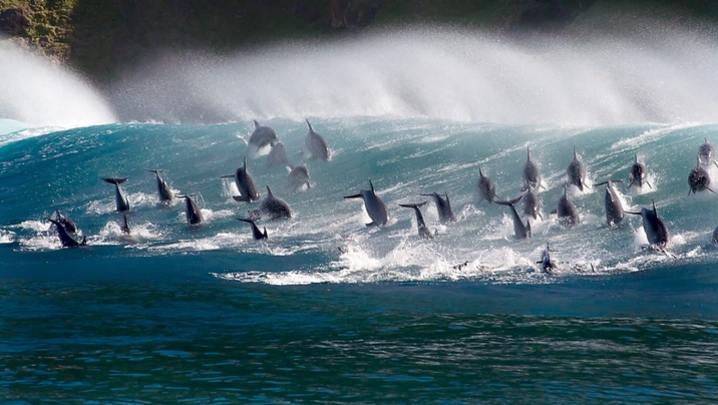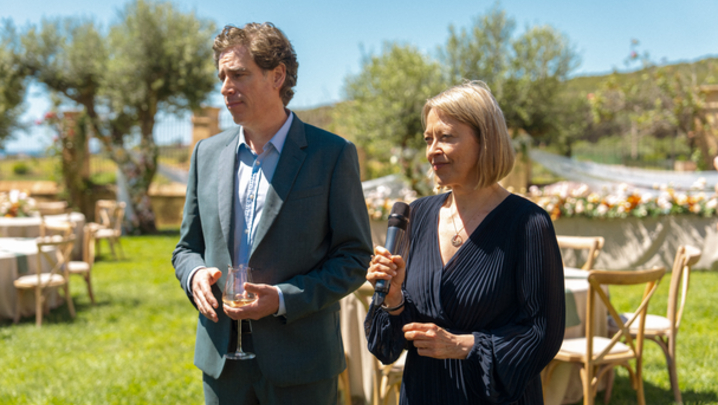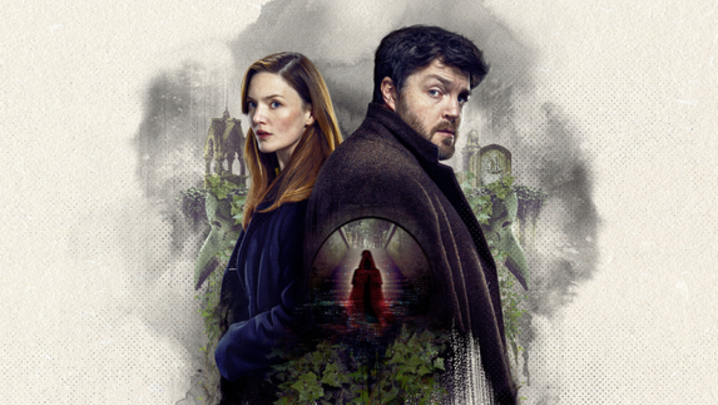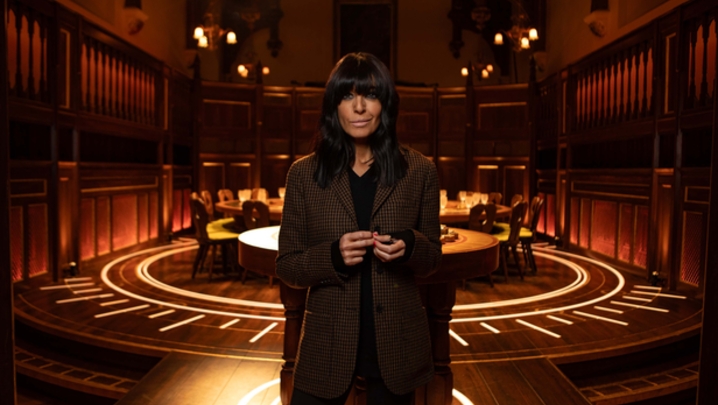The bravery of natural history programme makers was highlighted at a packed RTS event, Diving Beneath the Waves: The Making of Blue Planet II.
Sarah Conner, an assistant producer on the landmark show that generated record ratings for BBC One, revealed how she had knelt on the bottom of the ocean for eight-hours at a time. There in the dark depths diving rebreathers in sub-zero temperatures she would direct cameraman Hugh Miller.
“I don’t know if what I did was brave,” she told the RTS. “We all came to Blue Planet II with a lot of experience. “We were given 50 pages of risk assessment which tell us how to mitigate any risk. We are totally prepared.“When you are down there you are in work mode. You have a job to do.”
Described by her colleague, fellow panellist, executive producer James Honeyborne as “a hard-core diver,” Conner described how she stayed on the ocean floor for hours. She was there to obtain pictures of a Bobbit worm that eats fish. These fierce creatures can grow up to a metre long.
“I was kneeling in complete darkness. It was a bit chilly,” she explained recalling a filming expedition in Indonesia. “Your imagination [plays tricks on you] and I did end up with an ear and sinus infection, and nausea. When I got back to the boat I threw up.”
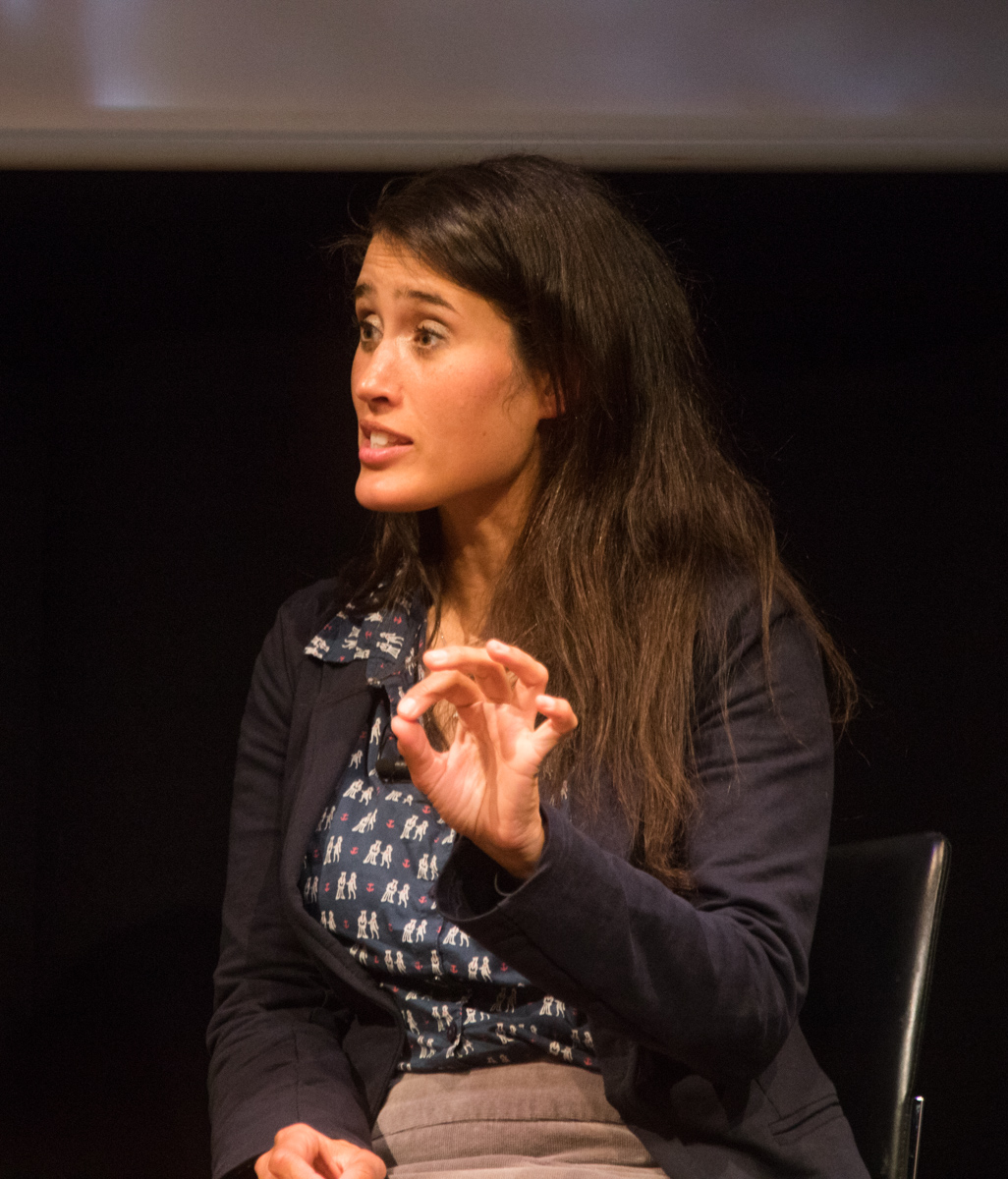
It was Conner’s efforts that made it possible for viewers to see the Bobbit worm stalk its prey in episode three of the series, presented by Sir David Attenborough. This was widely regarded as one of the show’s most terrifying sequences. The audience at the RTS event were shown a number of clips demonstrating how Blue Planet II was filmed.
In one clip programme makers were seen filming from inside a submarine being attacked by sharks. The sharks were distracted by the crew from feasting on the decomposing body of a whale lying on the seabed. “We are all very careful. Health and safety assessments play a big part in what we do,” said series producer Mark Brownlow. “We all came back. There were a few bleeding ears.” Honeyborne added: “Everyone involved has a passion for the ocean, that’s what unites the team. People will put up with the hardships. Ice diving is uncomfortable but you put up with it.
“It’s the professionalism of the crews that enables you to work in such a hostile environment as the ocean.”
Diving Beneath the Waves: The Making of Blue Planet II was the latest event in the RTS strand, Anatomy of a Hit. Torin Douglas chaired the event. It was held on April 24 at King’s Place, 90 York Way, London N1 9AG. The producer was Sue Robertson. A full report will appear in the May edition of Television.

